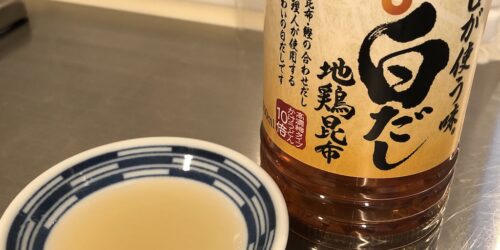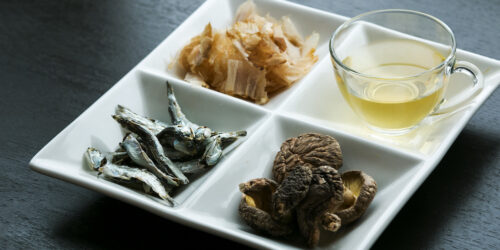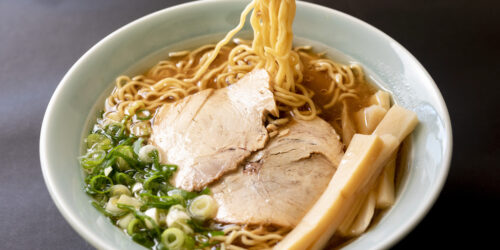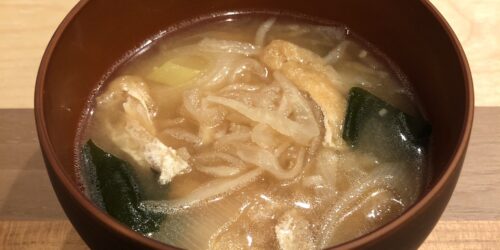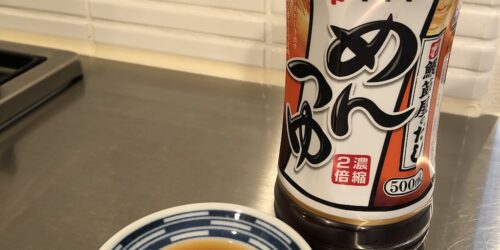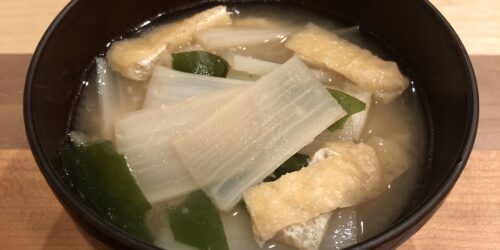Kombu vs Wakame vs Nori: What Are the Differences?
Kombu, wakame seaweed, and nori are all typical seaweeds in Japan, and they are widely loved by Japanese people.
Although they are all seaweeds, their tastes and uses are completely different.
Let’s see what the differences are!
Kombu
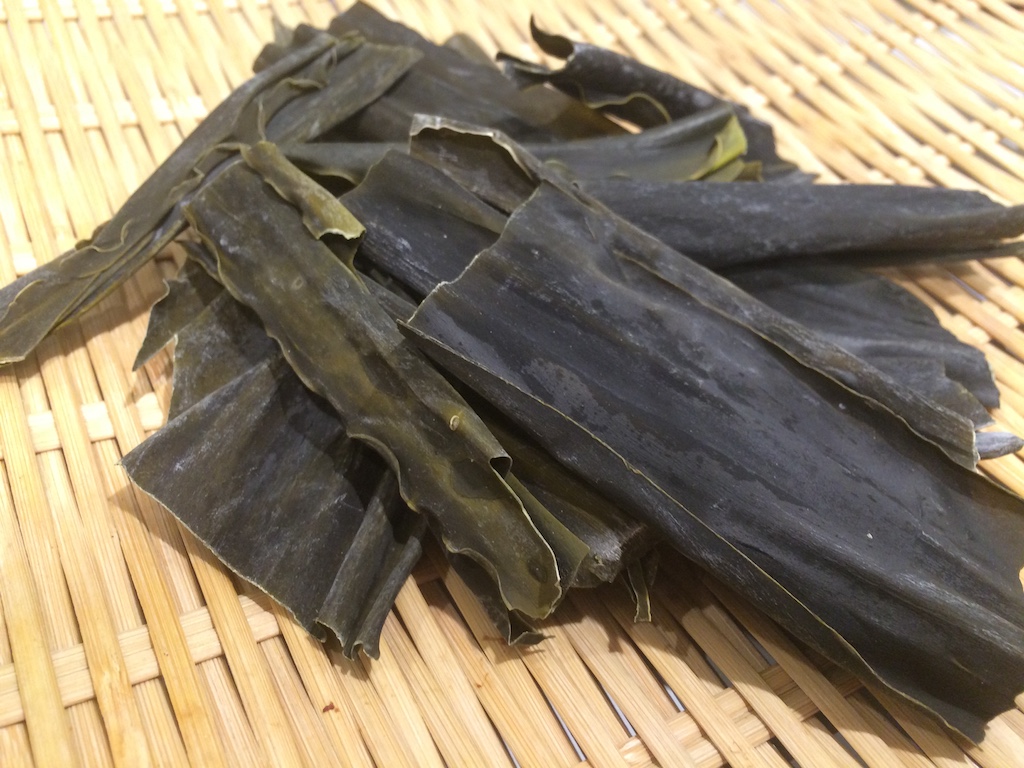
Overview
Kombu is the common names for several seaweeds belonging to Brown algae Kelp family.
It’s made of one large leaf at the tip of the root and stem.
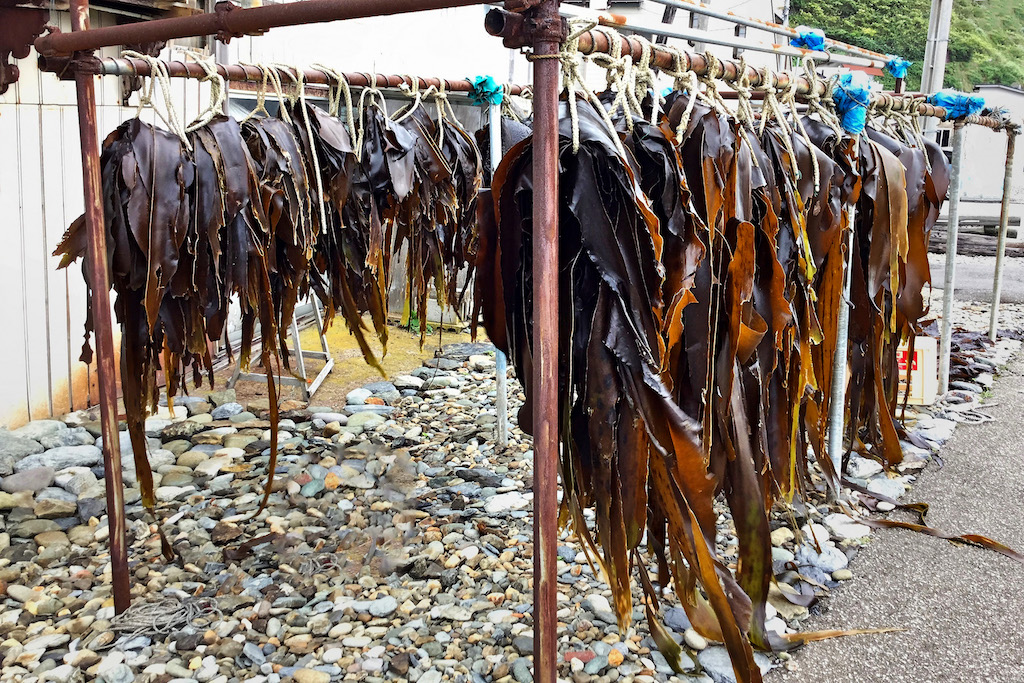
95% of domestic production is produced in Hokkaido, and the type called ma-kombu, rishiri-kombu, hidaka-kombu, etc are the famous one.
Kombu is mainly used to dry and take soup stock.
Taste and Texture
Because kombu is rich in glutamic acid which is one of umami component, it brings great taste to cooking even in small amounts.
Of course, there is also a unique ocean scent.
Dried kombu is extremely hard, so people often cut them into fine stripes or simmer when eating kombu itself. Even the cut kombu and simmered one are still a little hard, so you can enjoy the chewy texture.
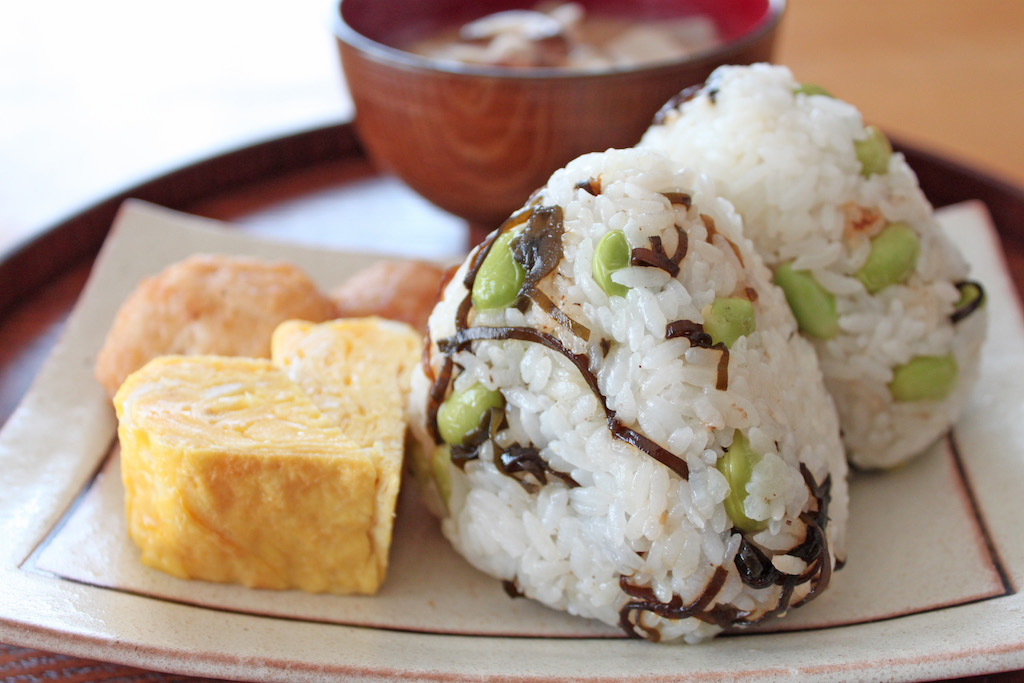
How To Use
Ingredient for Dashi

Kombu is predominantly used as a soup stock material. You need 1% kombu to water weight, and soak it in water or stew slowly until just before boiling.
Kombu dashi matches so well with any cooking because it has a soft flavor. Japanese people like to use this amazing soup stock for making miso soup, simmered dish, noodle dish, etc.
Tsukudani (Kombu boiled in soy sauce)
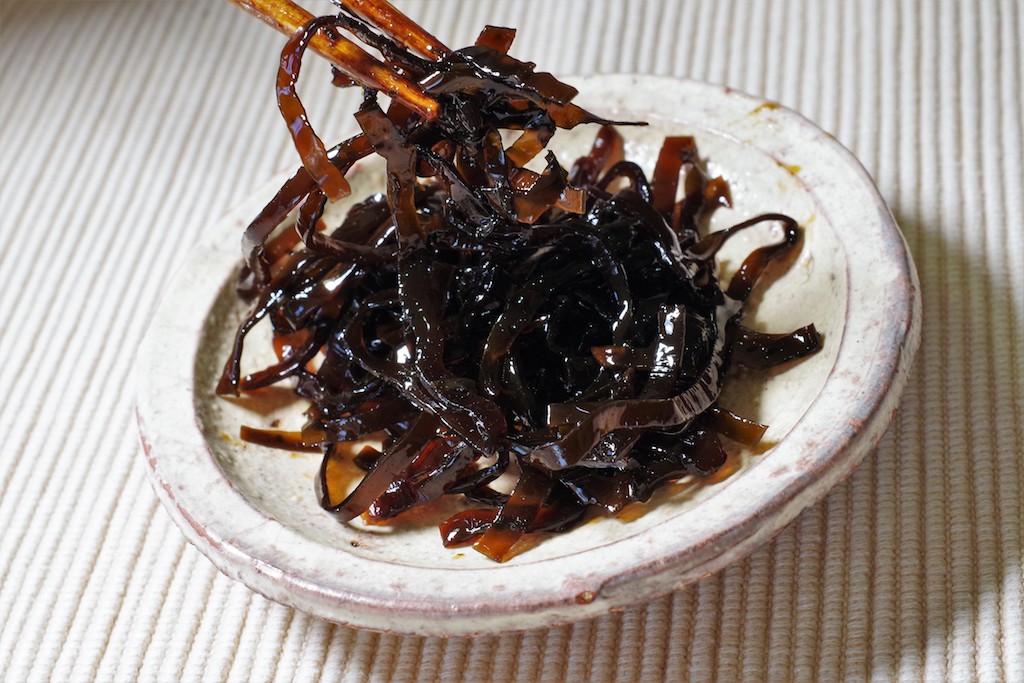
It’s a waste to throw away the remains of kombu dashi, right? Remained kombu after taking the dashi stock can be another dish by simmering well with soy sauce and sugar.
This kombu tsukudani matches so well with white rice, and it’s often used as an rice ball ingredient.
Pickles
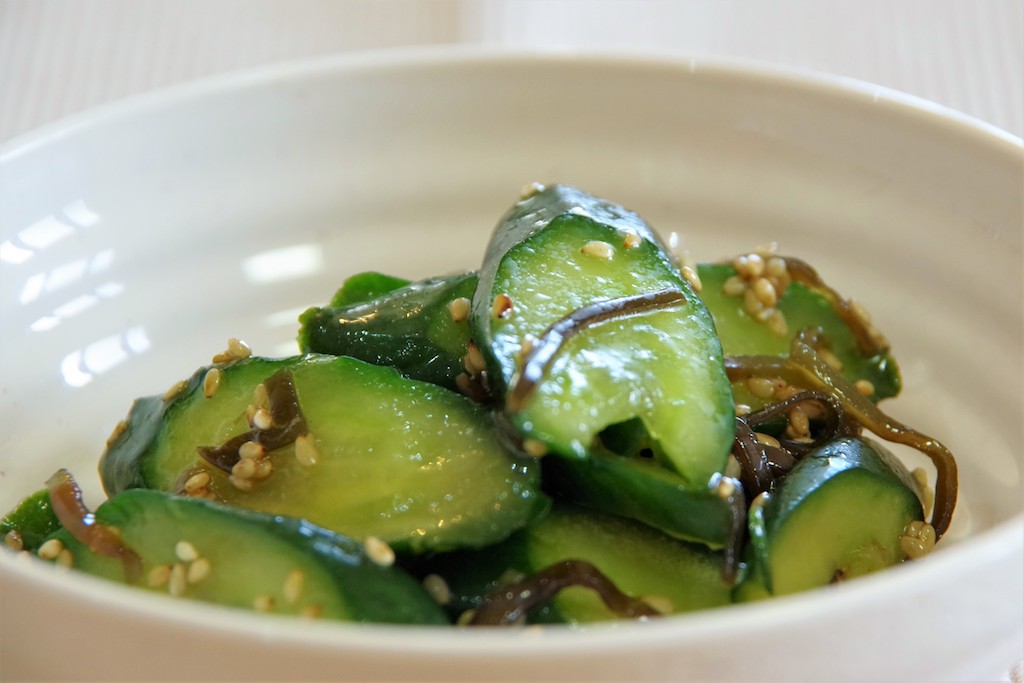
Japanese-style pickles are not always using vinegar, but often made with only shredded kombu and salt. The vegetables will be perfectly salty and get great umami taste from kombu.
Oden (Fishcake and vegetable stew)
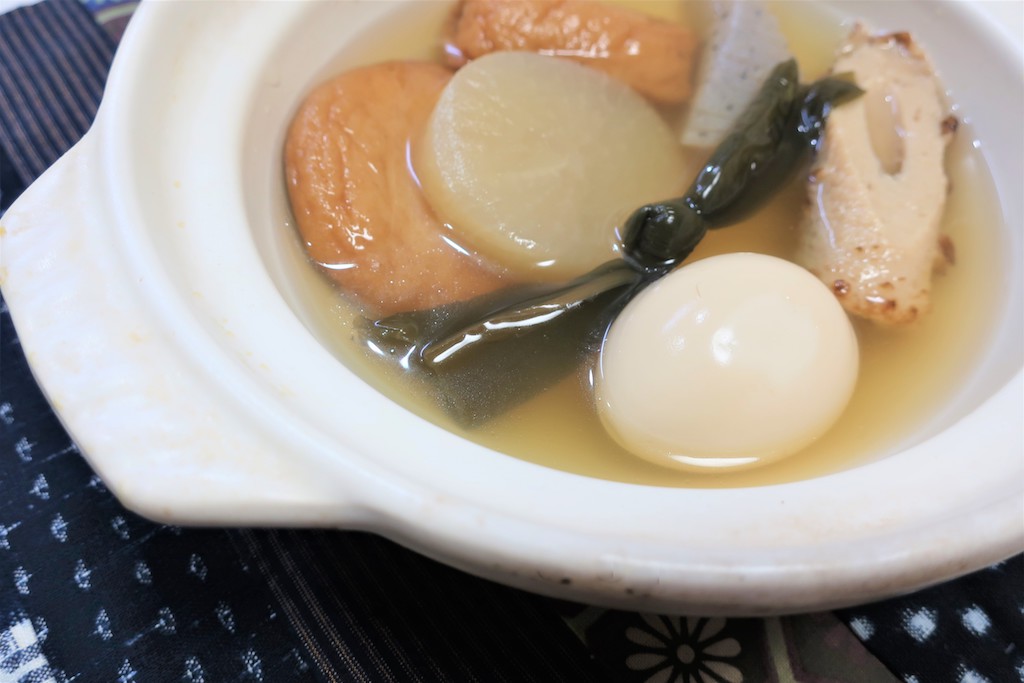
By adding a kombu knot into the stew, the soup will be absolutely delicious with the umami taste extracted from kombu. You can not only make soup stock with the kombu, but also eat them as oden ingredients.
Nutrition Facts
Unique sticky ingredients that comes out when kombu is boiled are called alginic acid and fucoidan. They are actually water-soluble dietary fiber peculiar to seaweed. It is said that kombu contains them about 10% of its dry weight. The following effects can be expected: suppresses absorption of sugars and fats, suppresses the rise of cholesterol level, and boosting immunity.
Besides the above dietary fiber, there are potassium and calcium as a typical mineral contained in kombu. They help us to build the body tissue, and has the effect of regulating body function.
To check more about kombu, please click below!
What Is Kombu and How Is It Used?
Wakame Seaweed

Overview
Wakame is the seaweed belonging to Brown alga Family Alariaceae.
It has many leaves from its roots and long stems.
Unlike kombu, wakame seaweed is produced all over Japan.
Taste and Texture
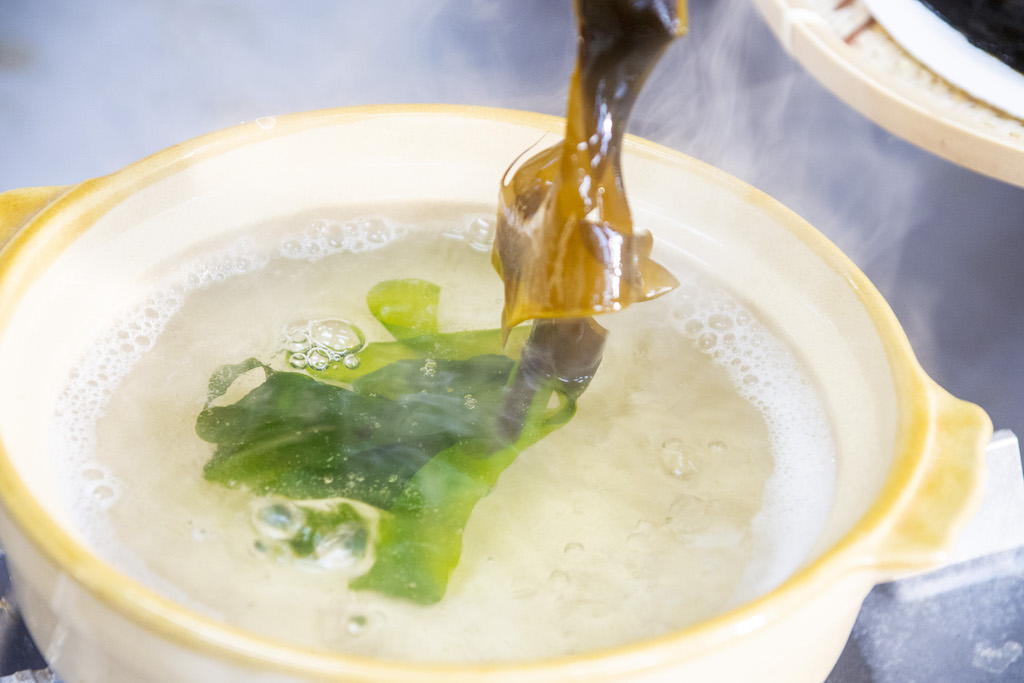
Unlike kombu, wakame seaweed is very thin and easy to eat. It has lighter taste than kombu, but has ocean scent and goes so well with miso soup, etc.
How To Use
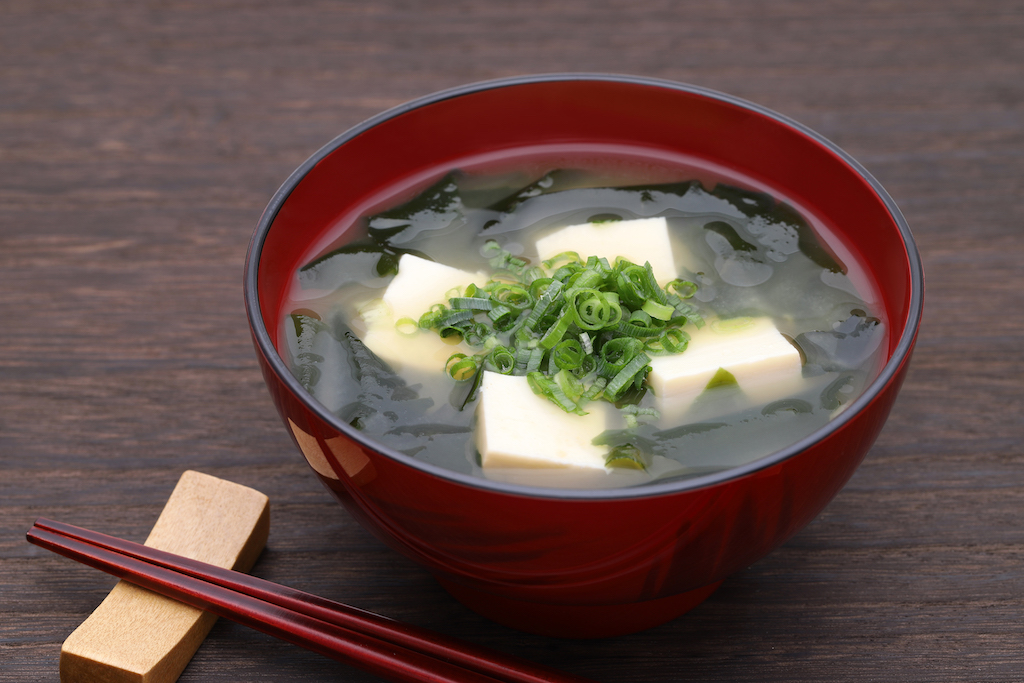
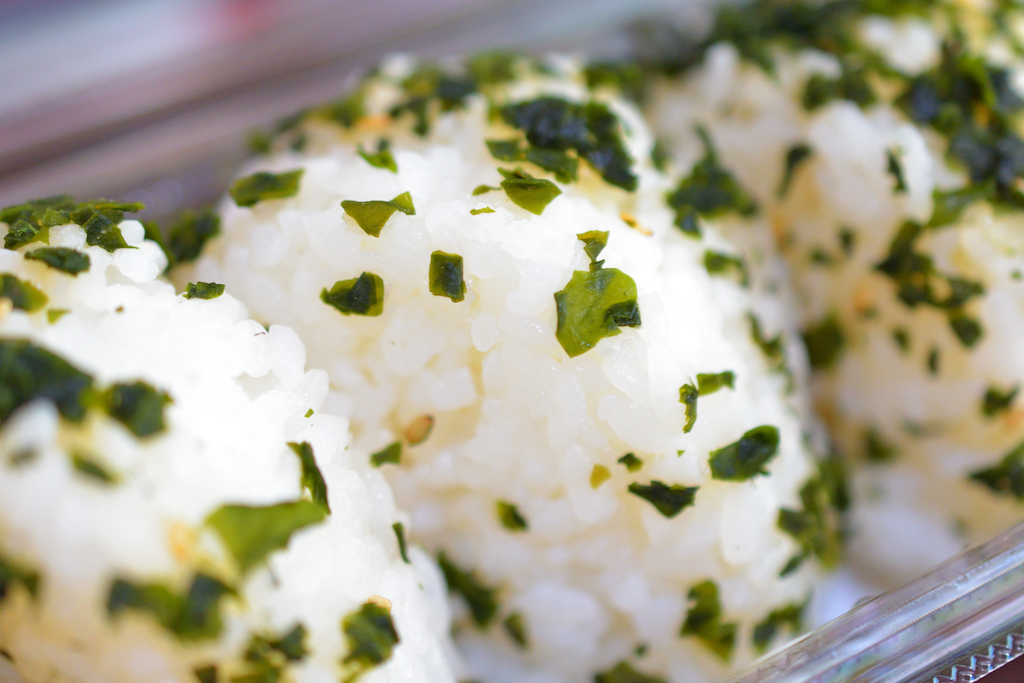
Unlike kombu, wakame seaweed isn’t really used for making dashi, but used as ingredients in various dishes. For example, it’s often put in miso soup, other soup dish, salad, and rice balls (onigiri).
Nutrition Facts
This item is similar to kombu.
Wakame seaweed contains water-soluble dietary fiber which are alginic acid and fucoidan. Please refer to the above explanation of kombu. Besides these, it is rich in vitamin B1 and minerals such as iodine and potassium.
To check more about wakame seaweed, please click below!
7 Types of Wakame and Their Uses
Nori (Seaweed Laver)
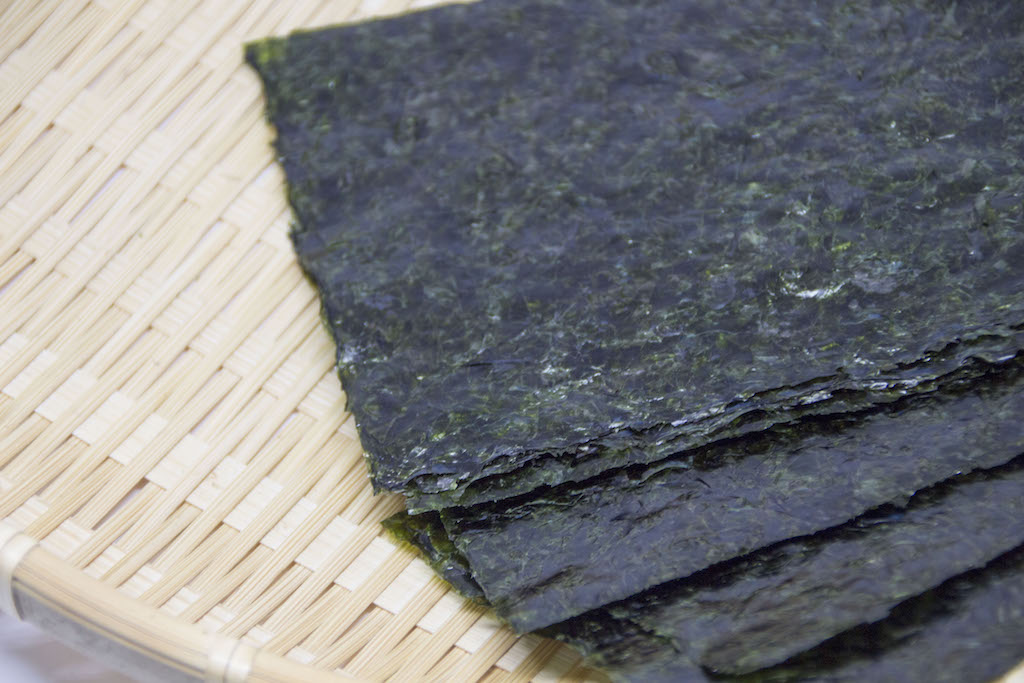
Overview
Kombu and wakame seaweed are harvested in the sea. It is a relatively simple manufacturing process, although there are processes such as pretreatment and drying. However, nori is a seaweed food that takes more time than these.
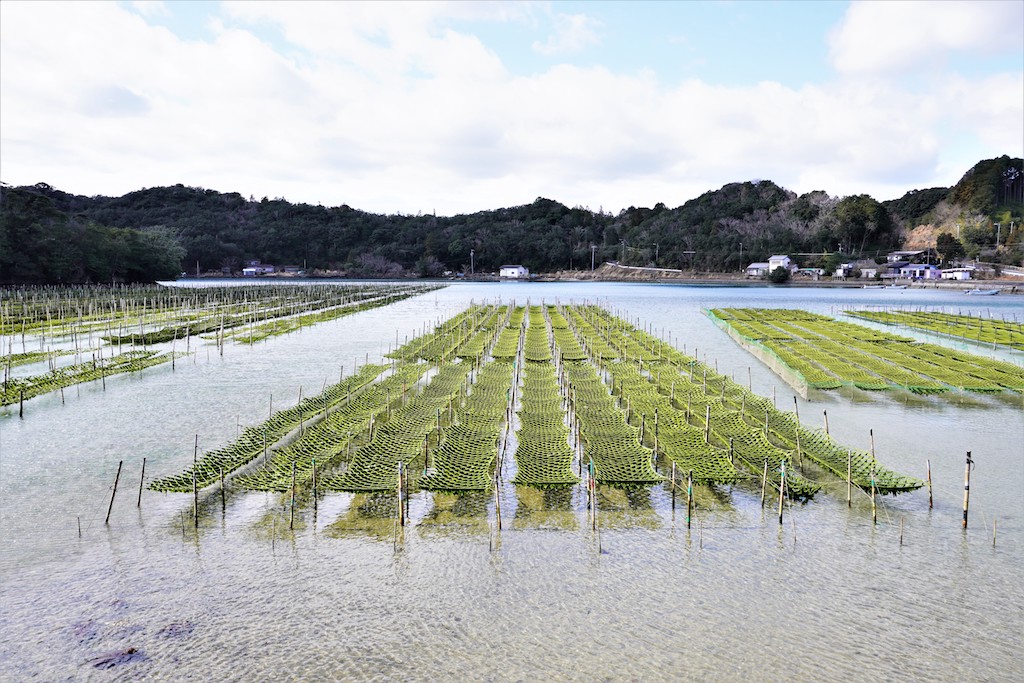
First, seaweed spores are grown in oyster shells. Next, the net with the spores attached is submerged in the sea so that nori buds grow on the net. Finally, The grown nori is harvested, shaped into a square shape, and dried well.
Taste and Texture
Unlike kombu and wakame seaweed, nori melts in your mouth because the aggregate of soft fibers is made into one sheet.
Usually, those used for sushi are not seasoned, so you can simply enjoy the original scent of seaweed. On the other hand, seasoned nori has a sweet and sour taste and is easy to match with various dishes.
Since nori contains umami taste too, it upgrades any type of dishes.
How To Use
Wrap Around Rice Balls and Sushi
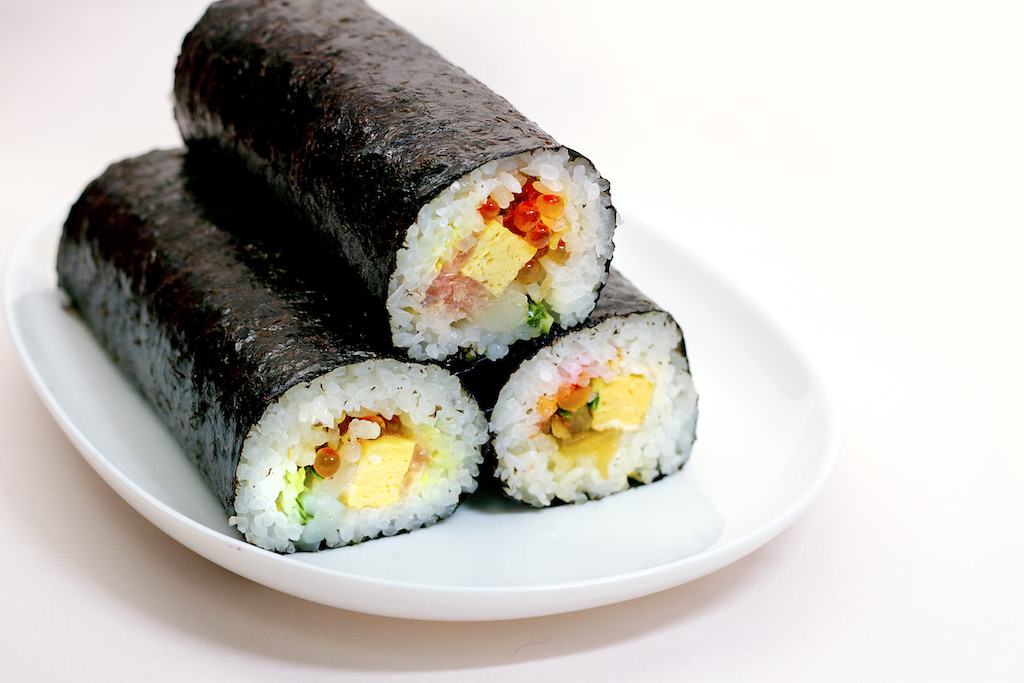
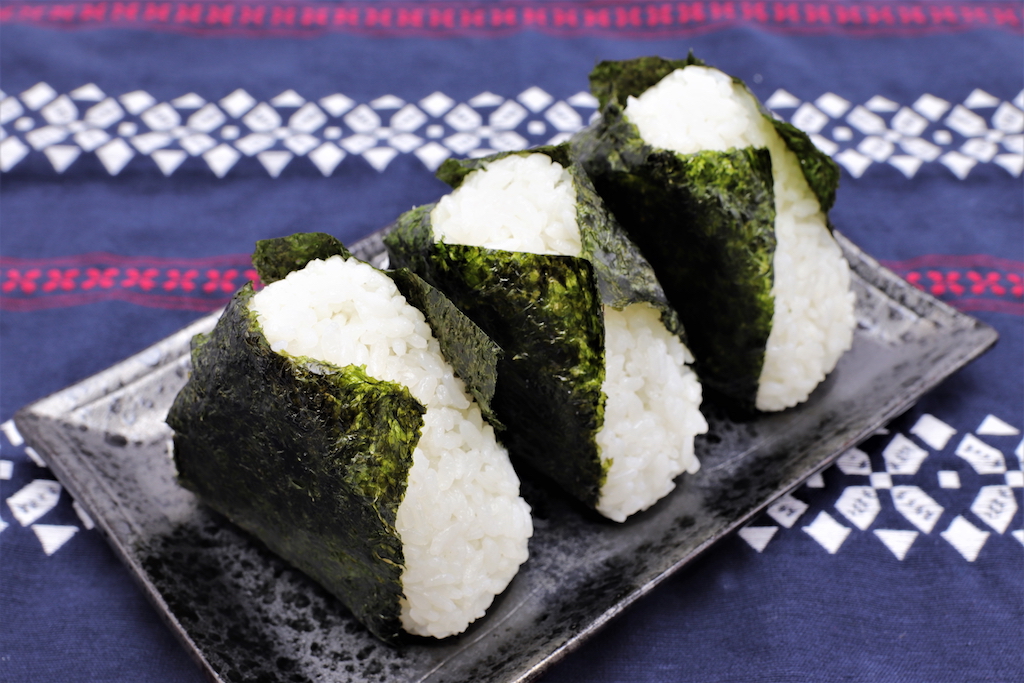
As you may know, nori is essential ingredient for rice balls (onigiri) and sushi. That means nori goes so well with white rice.
Topping for Various Dishes
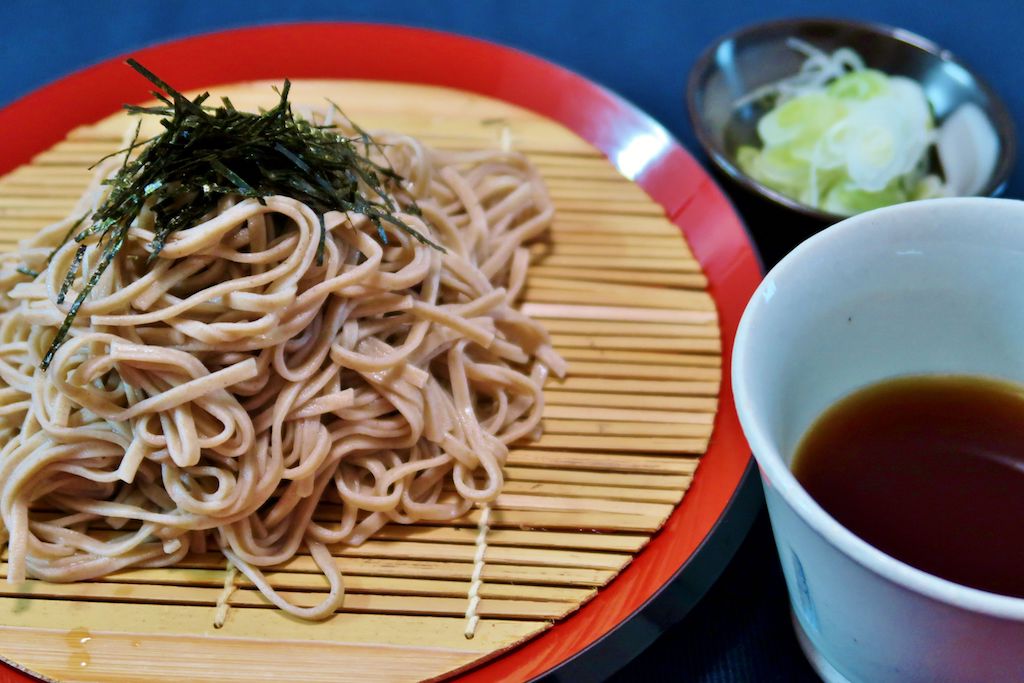
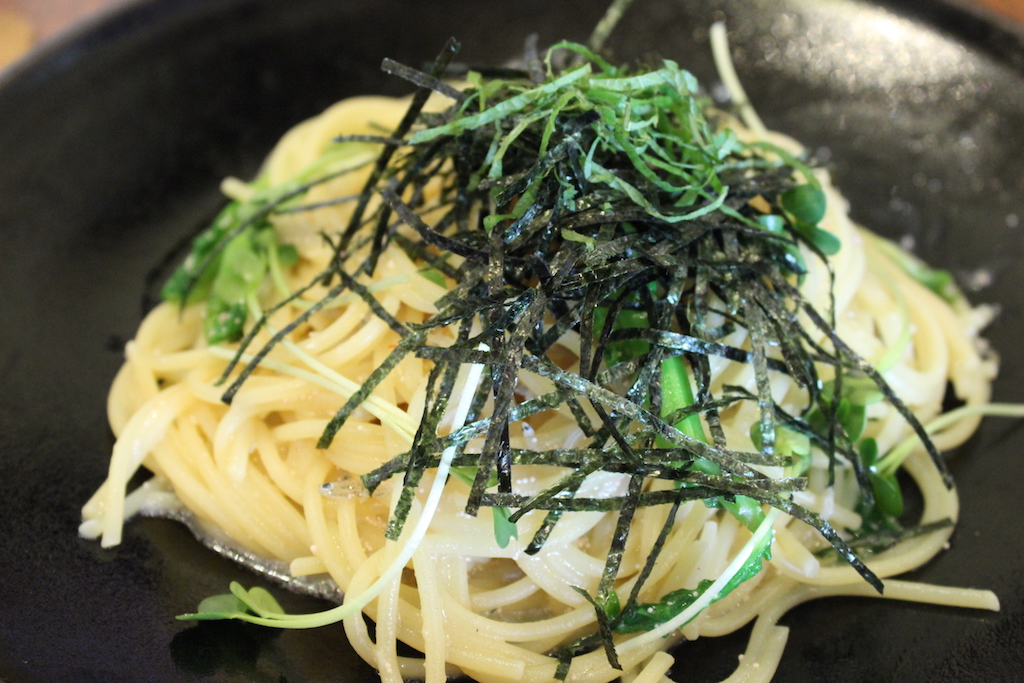
Shredded nori is very useful delicious topping that matches with so many types of dish, for instance, pasta, udon, soba, cold tofu, salad, etc.
Nutrition Facts
Nori is said to be a vegetable of the sea, and full of various kinds of nutrients.
About one-third of nori is dietary fiber that has the role of adjusting the intestinal environment. It is essential to prevent constipation.
Besides that, it contains other various nutrients including calcium, vitamin C, B1, B2, protein, potassium, and iron.
To check more about nori, please click below!
What Is Nori (Seaweed Laver) and How Is It Used?
Conclusion
How were the differences between 3 types of seaweed?
Each one of these has proper way to use, so please try to taste them with various type of dishes I showed above.
They are all very nutritious and upgrade your meal incredibly!

